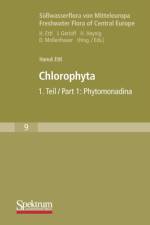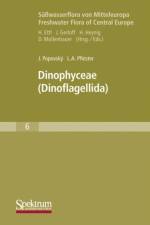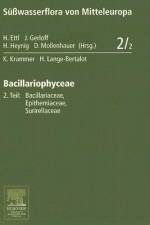- Teil 3: Centrales, Fragilariaceae, Eunotiaceae
von Horst Lange-Bertalot & Kurt Krammer
149,99 €
Band 2 der ¿Süßwasserflora von Mitteleuropa" enthält dichotone Bestimmungsschlüssel zu allen in diesem Raum vorkommenden Diatomeen-Arten (ca. 6000 einzellige Kieselalgen mit einer Hülle aus Siliziumdioxid). In dem vorliegenden Teil 2/3 werden folgende Taxa behandelt:In der Ordnung Centrales: Melosira, Orthoseira, Ellerbeckia, Aulacoseira, Cyclotella, Cyclostephanos, Stehanodiscus, Thalassiosira, Stephanocostis, Skeletonema, Acanthoceras, Chaetoceros, Rhizosolenia, Pleurosira, Actinocyclus.In der Familie Fragilariaceae: Tetracyclus, Diatoma, Meridion, Asterionella, Tabellaria, Synedra, Fragilaria, Opephora, Hannaea, Centronella.In der Familie Eunotiaceae: Eunotia, Actinella, Peronia








